The Present and Future of Alcohol
May 18, 2017 - by Taylor GetlerAlcohol is a multibillion-dollar market in the US, one that must constantly evolve in order to keep up with changing consumer needs. The category has seen some serious innovation so far this year, and our understanding of where the industry is now has provided us with some pretty significant clues as to where we can expect it to go in the near future.
The Present: Millennials Don’t Have Brand Loyalty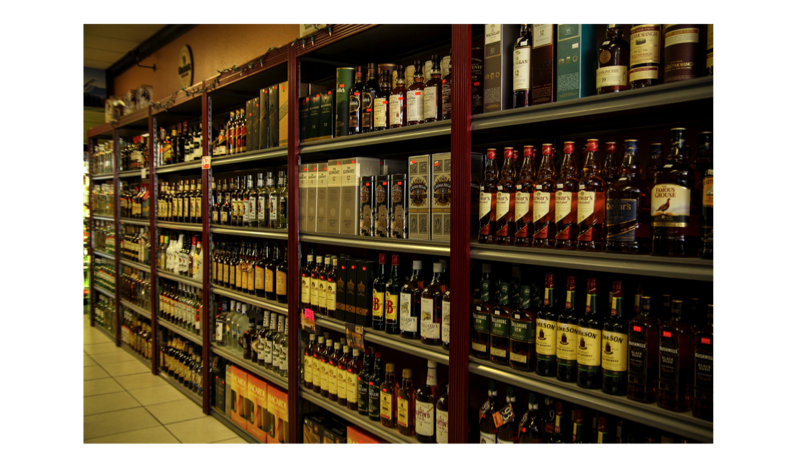
According to a recent Nielsen study, last month only 24% of millennials knew what brand they wanted to purchase when they entered a liquor store. This is in stark contrast to 52% of baby boomers, who tend to have more developed, concrete preferences in this category. The study also found that just 11% of millennials bought alcohol on impulse.
What This Means for the Future of Alcohol
Alcohol brands can look at millennials’ lack of brand loyalty as an opportunity to have greater influence in-store, which means more investment in assets like package design and in-store advertising. Additionally, brands can be expected to make stronger attempts at building relationships with consumers via social media engagement.
The Present: Heineken Just Debuted a Non-Alcoholic Beer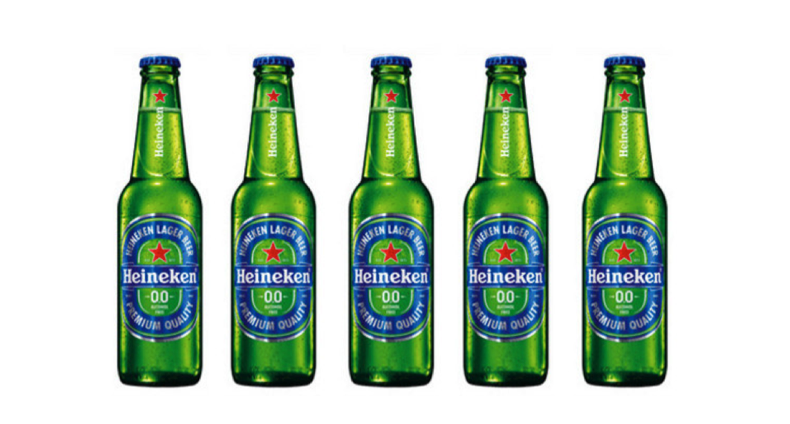
Heineken just released “Heinken 0.0” in order to compete with industry giants like AB InBev, which has made it their goal for 20% of their beer to be low- or zero-alcohol within the next eight years. Non-alcoholic beer manufacturers are also seeing the product as a potential rival to soft drinks, which have been losing retail momentum to lower-calorie options (Heineken 0.0 has half the calories of Coca-Cola).
What This Means for the Future of Alcohol
Beer brands – as well as other alcohol manufacturers – are going to start considering the financial promise of alternative markets. While producing non-alcoholic beverages may seem like an odd departure from convention for Heineken, research has shown that the European market for non-alcoholic beer has grown over the past five years as the overall beer market shrank. In Spain, zero-alcohol beers have as much as 10% market share. The future of the alcohol industry is going to depend on identifying and supporting niche trends like this that show potential for going global.
The Present: “Poptails” are Taking Off in the US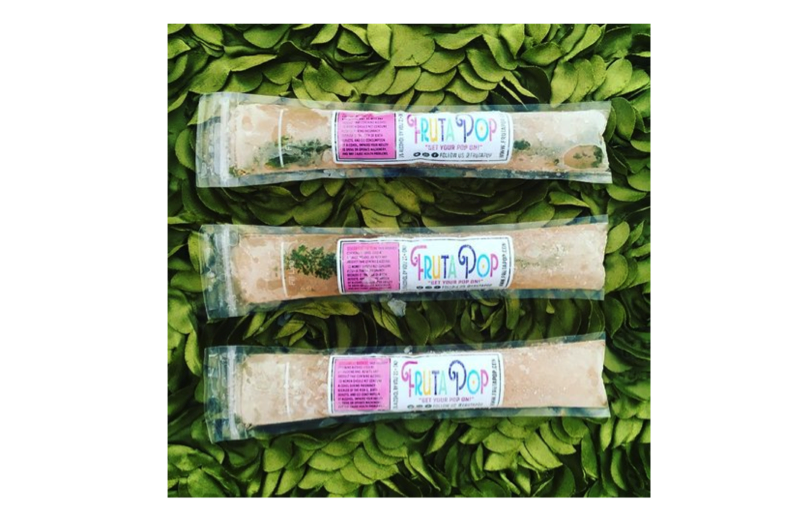
The recent trend of “sloshies” (frozen alcoholic slushies, usually with a white wine base) has now evolved into “poptails”, frozen alcoholic popsicles. Initially introduced into the UK market, the treat has just become available in the US through brands like FrutaPop. Each pop in this particular brand has 5% alcohol and comes in thirteen flavors, including Sparkling Prosecco, Cranberry Mojito, Pina Colada, Rum Punch, and White Coconut Sangria.
What This Means for the Future of Alcohol
Innovation in the alcohol industry is trending towards understanding the consumer’s environment. Both poptails and sloshies appeal to young people drinking outdoors – summertime parties, poolside lounging, and beach trips are all served well by these products. Additionally, freezing the drink allows brands to incorporate the kind of special cocktail features that one could find in a bar, like the sprig of mint encased in the boozy Watermelon Mint Lemonade Pop. Finding ways to include these types of added-value traits is going to be imperative for new product development.
The Present: e-Commerce is Changing the Game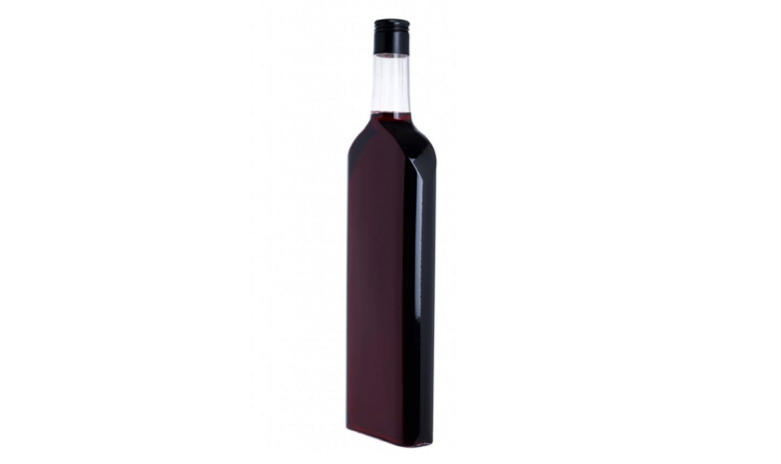
The explosion in popularity of both online shopping and subscription box services is affecting the way that alcohol brands are packaging their products. Bulky, heavy glass bottles were never especially ideal for shipping from warehouses to retail locations, and they are doubly impractical for direct mailing. UK startup Garcon Wines has been in the news lately for their ingenious flat bottle design, intended to make the wine easier to fit through a traditional English letterbox.
What This Means for the Future of Alcohol
Alcohol manufacturers (particularly wine companies) will begin straying from classic bottle designs and will start looking towards new solutions that preserve the product in a lightweight, yet functional way. It can be as simple as following Garcon Wines’ example with more compact structures, or brands can go as far as Bota Box has with their award-winning cartons, which are both much lighter and far less prone to breaking than standard wine bottles.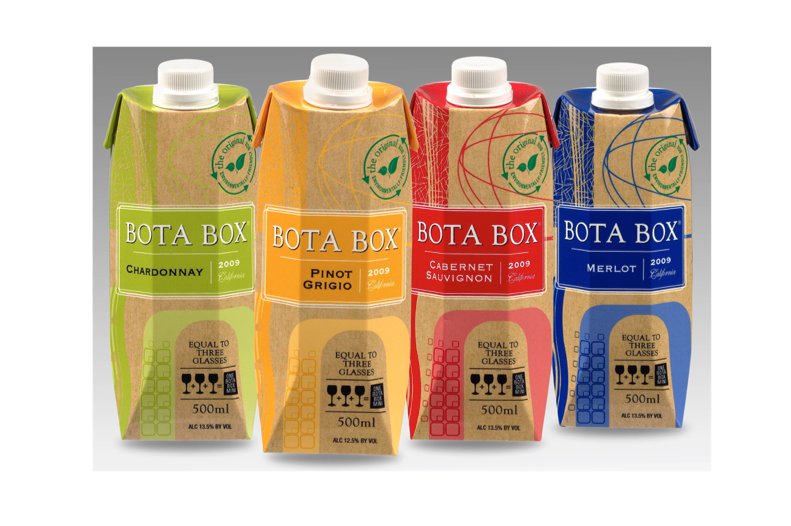 As more brands begin to focus their attention on e-commerce rather than retail, design strategy will move away from what looks best on the shelf and will instead consider what will provide the easiest means of quickly transporting the alcohol to the consumer.
As more brands begin to focus their attention on e-commerce rather than retail, design strategy will move away from what looks best on the shelf and will instead consider what will provide the easiest means of quickly transporting the alcohol to the consumer.
- < Previous Flavors of America
- Next > Package Design Trend: Dramatic Callouts




